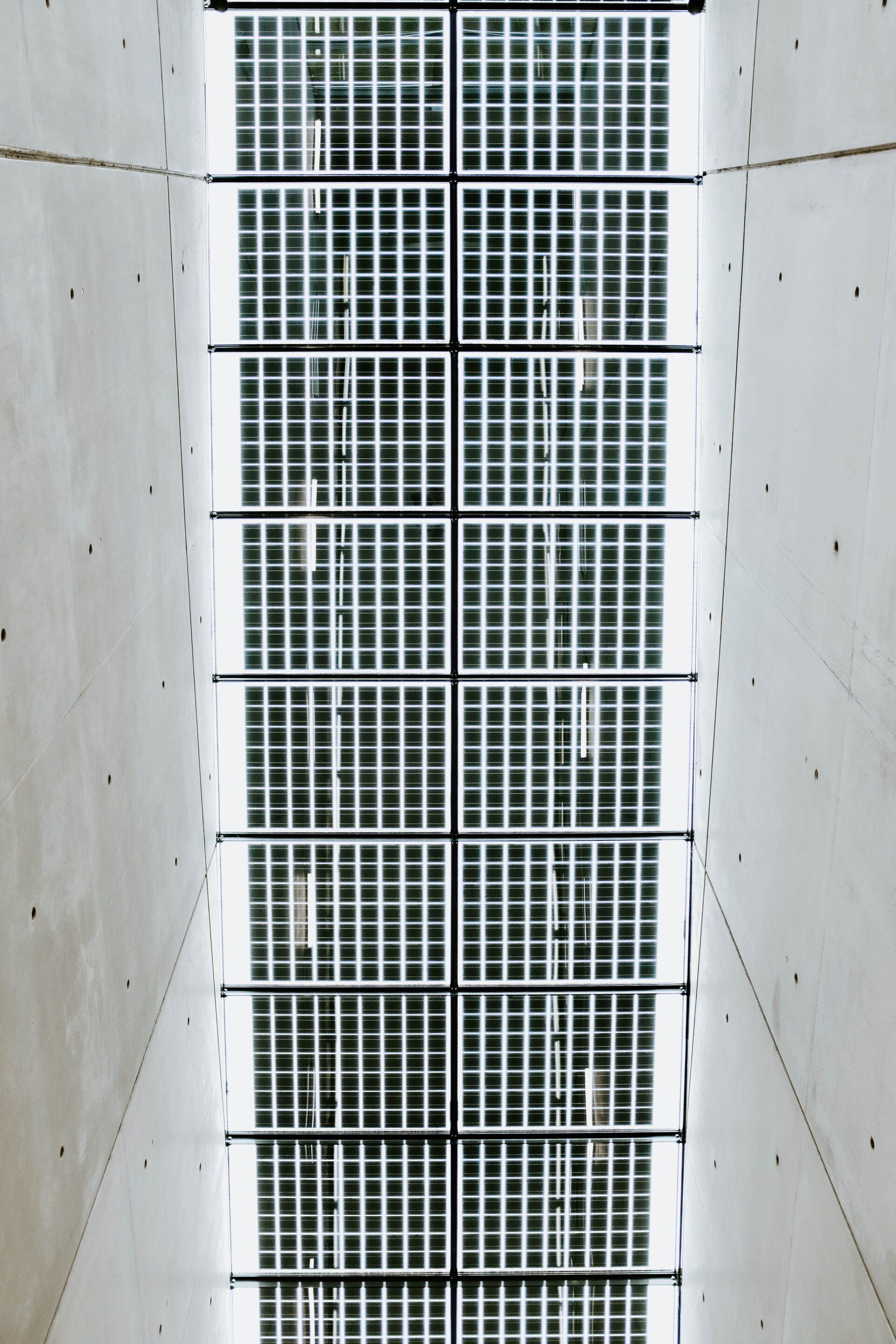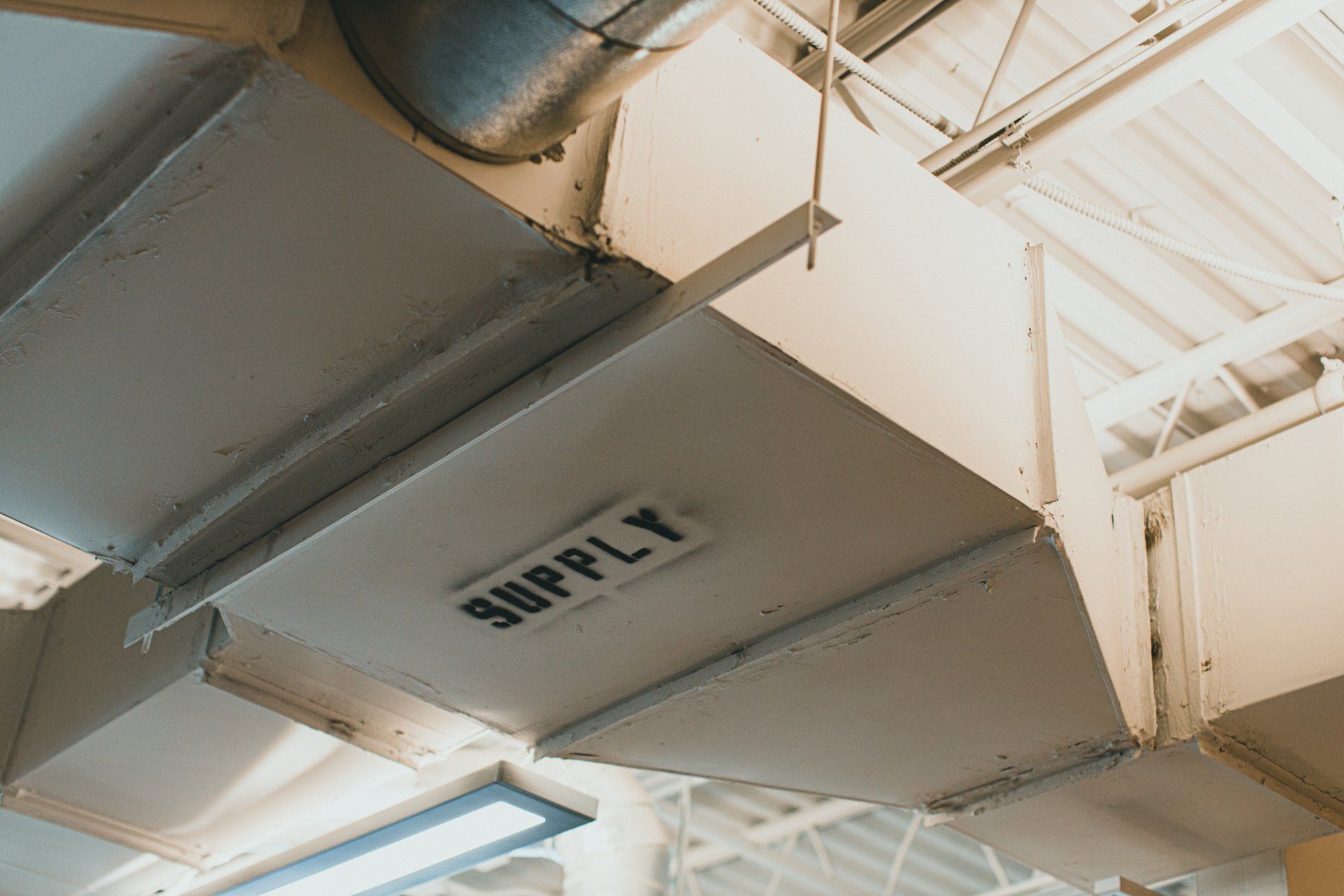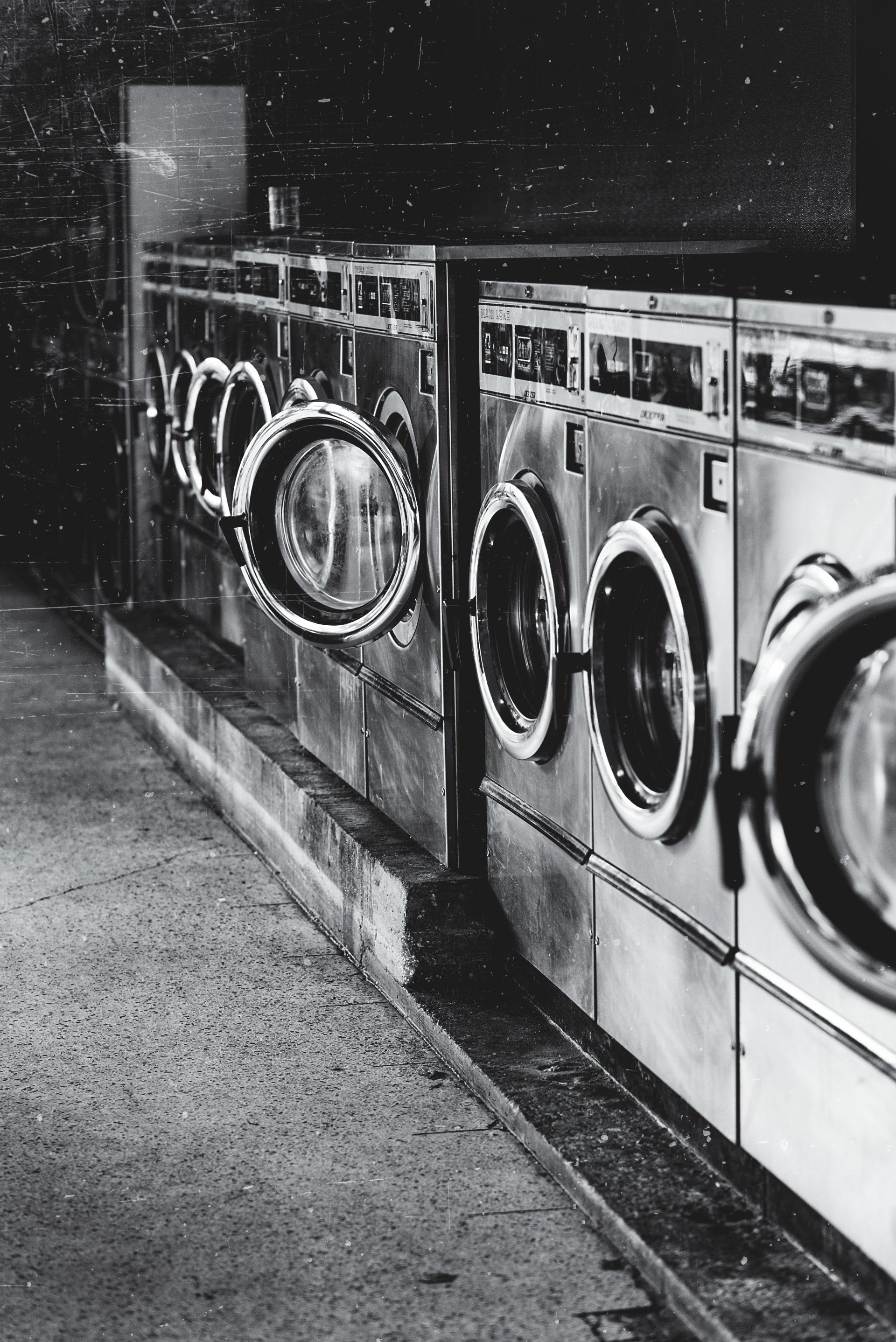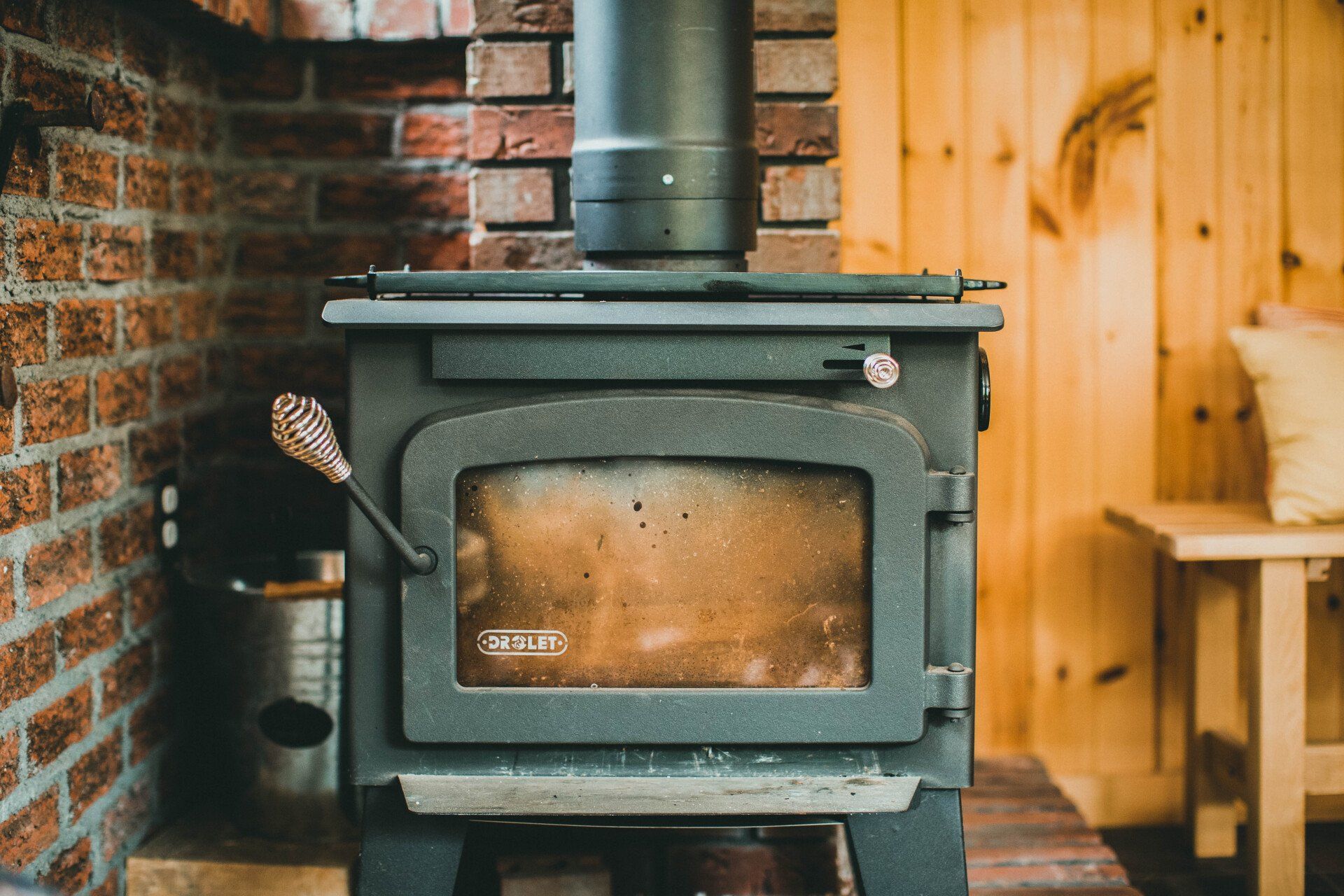How Duct Cleaning Can Help Reduce Allergies
How Duct Cleaning Can Help Reduce Allergies
Did you know that allergies are the sixth most common cause of chronic illness in America? Each year, more than 50 million Americans are affected by allergies. These symptoms can be severe or annoying.
Allergies can disrupt your day. Nobody wants to have to struggle with their daily lives due to a sneeze, cough, or itching. Are you sneezing during a work meeting? You're not welcome!
It can be hard for people who are allergic to allergens in indoor environments to find a comfortable place to rest without fear of developing symptoms. It is not as simple as just dusting.
Understanding how allergens enter the home
Recent research found that more than 90% of homes contain three or more allergens. It can be hard to avoid allergens in indoor environments.
Although the way allergens are attracted to homes can differ from one household to another, there are commonalities in indoor air pollutants. One of the most typical allergens is dust mites. They live in carpets and beds as well as furniture. Mold can also be found in most households, as it grows in damp areas such as crawl spaces or bathrooms.
One of the most common allergens is pollen. It can easily be tracked through clothes and shoes into your home. An open window or door could allow pollen into your home, contaminating your indoor air, especially during allergy season.
Rodents and pet dander are not as common, but they are still prevalent in many homes.
Understanding How Allergens Enter Your Ducts
Your duct system should be part of any discussion about how to reduce allergens within your home. Your HVAC system heats and cools your home. Your duct system acts as your lungs. Dust and dirt buildup over time in your air ducts can re-enter your indoor air supply while your HVAC system is performing its cycle.
The air filters are great at keeping dust and other contaminants out of your air ducts. If you don't replace your filters regularly or purchase cheap, transparent filters, pollutants and dust can build up in your ducts.
Leakages in your ductwork can allow dust to get into your ducts. Most homeowners don't know they have leaks. Leaks are difficult to spot. Your ductwork could be located in your basement or attic, which--let's face it--you don't dust that area very often. Your ductwork may be sucking in small amounts each day.
How Duct Cleaning Can Help Reduce Allergies
You've likely tried everything you can to lessen allergy symptoms in your home. As we said, vacuuming and dusting cannot remove all the contaminants in your ducts.
Dirt, bacteria, and other contaminants can build up in your ductwork and enter your air supply. This cycle continues until your HVAC system stops working. These contaminants can be prevented from entering your indoor air by cleaning your ducts.
There are other steps you can take
Duct cleaning can reduce allergens. However, it is still important to clean your home. If you have allergies or other conditions that can be exacerbated by dust, improving indoor air quality may require a complete home solution.


Get a Free Quote Today!
Duct Cleaning Lethbridge Quote
We will get back to you as soon as possible
Please try again later


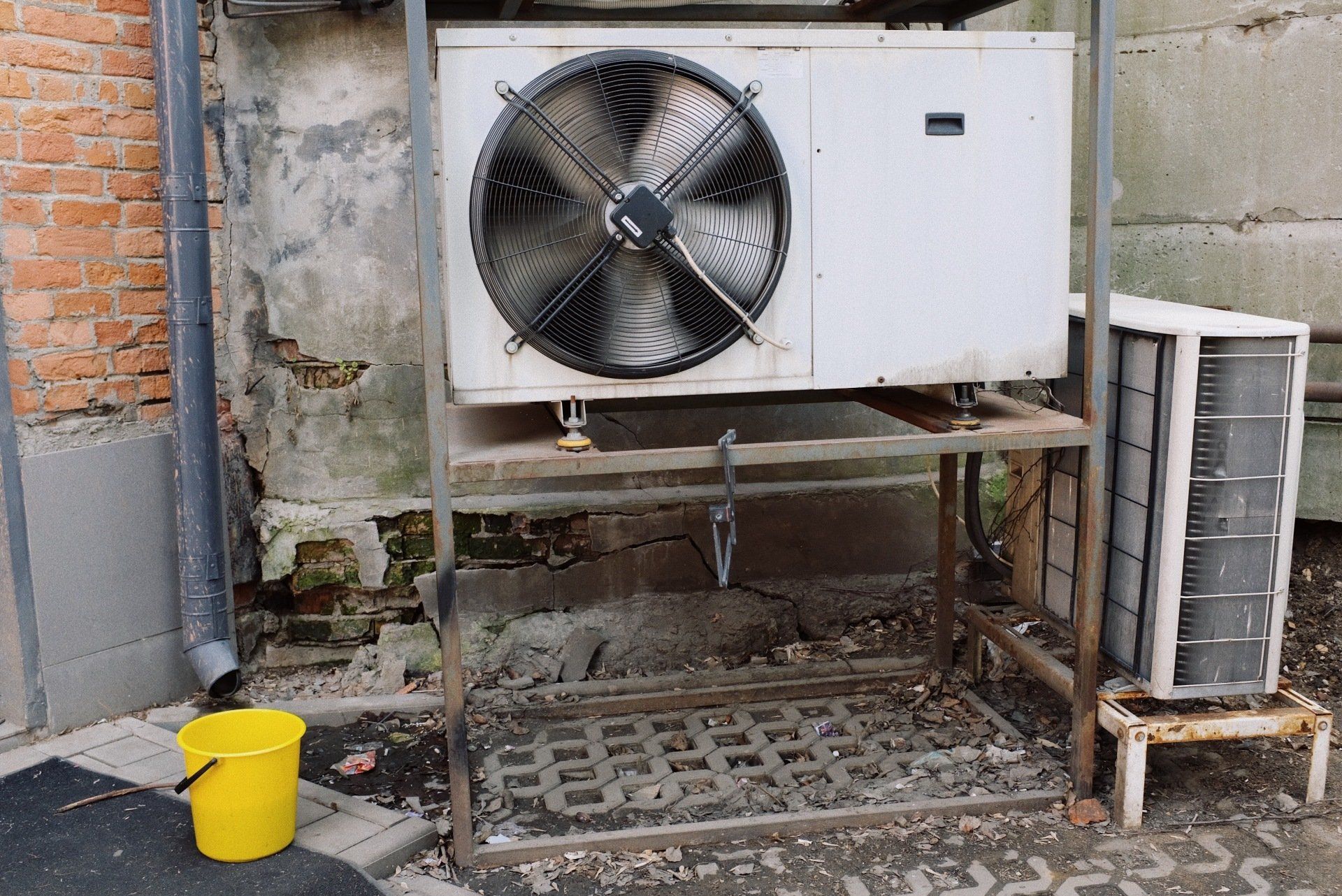
Expert Duct Cleaning Lethbridge
Disclaimer - This is a referral site. All work is performed by a licensed partner company.
